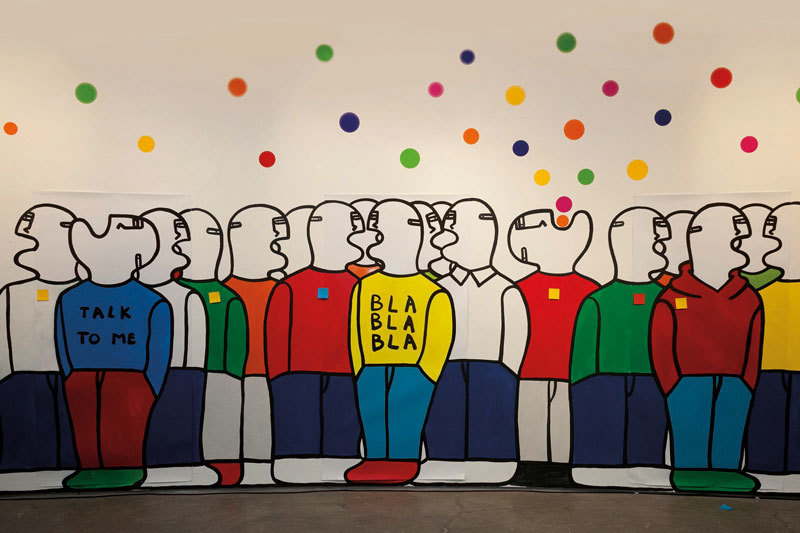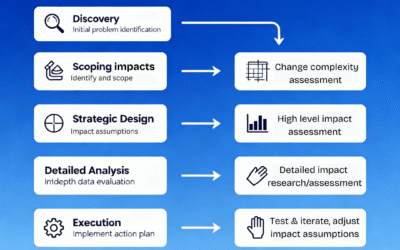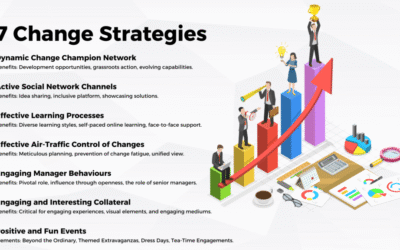Effective communication is the lifeblood of any successful change endeavour within an organization. It serves as the conduit through which ideas are conveyed, strategies are articulated, and employees are engaged. However, the delicate balance between providing sufficient information and avoiding overload is often difficult to strike. Moreover, how communication is crafted can significantly impact its effectiveness in driving change.
Exploring the Elements of Failure
Delving into the nuances of change communication reveals several common pitfalls that can impede its effectiveness:
- Maintaining a Positive or Neutral Tone: In many corporate settings, there is a pervasive tendency to maintain a positive or neutral tone in communication. While this may seem prudent to foster optimism and prevent undue concern, it can inadvertently obscure the gravity of the situation necessitating change. Employees may fail to grasp the urgency or magnitude of the challenges at hand if they are shielded from the realities driving the need for change. Striking the right balance requires a nuanced approach that acknowledges both the imperative for change and the potential benefits it offers. By providing a candid assessment of the current state while articulating a compelling vision for the future, organizations can inspire action and commitment among their workforce.
- Impersonal Corporate Speak: The language employed in corporate communications often reflects a detached, impersonal demeanor. This formality, while intended to convey professionalism, can alienate employees and hinder their ability to connect with the message. Particularly in the context of change initiatives, where emotions and uncertainties abound, a more humanized approach is essential.Leaders must endeavor to communicate in a manner that resonates with their audience, conveying authenticity and empathy. By infusing their messages with personal anecdotes, genuine concerns, and relatable language, they can establish rapport and engender trust among employees.
- Focus on Reason Over Emotions: Traditional corporate communication tends to prioritize logic and reason over emotional appeal. While facts and figures are undoubtedly important, they often fail to evoke the deeper emotional responses necessary to galvanize action. Employees are more likely to embrace change when they are emotionally invested in its success.Leaders should not shy away from tapping into the emotional dimension of change, sharing personal stories, aspirations, and concerns. By fostering a sense of shared purpose and rallying around common values, organizations can cultivate a culture of resilience and adaptability.
I hear you nod. So what is wrong with these practices if they have been the norm for decades and is adopted as common practice by most organisations?
OK let’s go through these one by one.
Illustrating the Importance of Emotional Engagement:
Drawing from personal experiences underscores the profound impact that emotional engagement can have on driving change: Recalling my tenure at Intel, a pivotal moment arose when rival AMD posed a significant threat to our market dominance. Leaders initiated candid discussions, rallying employees around the emotional stakes of the challenge. This emotional appeal galvanized teams across functions, leading to a remarkable turnaround in our fortunes.
Reimagining Change Communications
In light of the evolving organizational landscape, characterized by rapid technological advancements and shifting cultural norms, there is a pressing need to reimagine change communications: John Kotter, in his book “Change: How Organizations Achieve Hard-to-Imagine Results in Uncertain and Volatile Times,” highlights the imperative for organizations to adapt their communication strategies to meet the demands of the modern era. This entails embracing a more dynamic, inclusive approach that values authenticity, transparency, and emotional resonance.
Change communication is not a static endeavor but rather an ongoing evolution that must adapt to the ever-changing needs and expectations of employees. By challenging conventional norms and embracing innovative approaches, organizations can foster a culture of open dialogue, trust, and collaboration that fuels meaningful change and sustainable growth.






